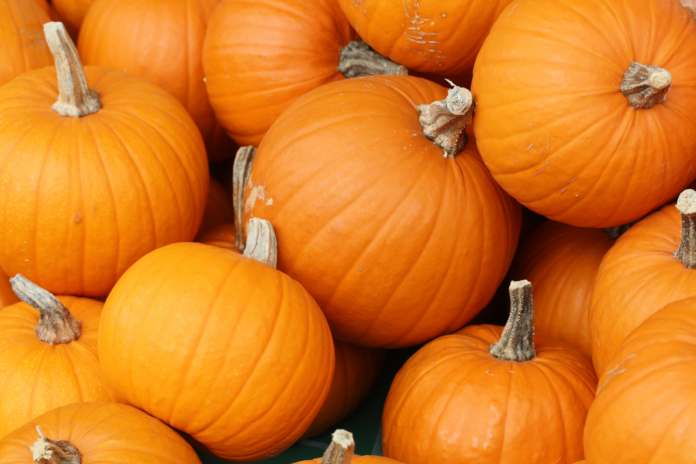By Emma Kelsall
Pumpkin season is inescapable. We bake them into our pies, spice them in our lattes, and carve them for our doorsteps. Pumpkins are the food of fall. But how much do you really know about the nation’s favourite gourd?
Would it be bold of me to suggest that pumpkins are a fruit? Considering squashes as fruits may be a strange notion. However, under botanical classifications, this is not false.
In this article, I will be speaking on the classifications between fruits and vegetables from a scientific, botanical perspective. However, like always, politics and the law choose which bits of scientific evidence they deem to be true and which bits they choose to ignore. Sadly, it would seem the way to a lawmaker’s heart is through his stomach.
1893 – The US is facing its worst financial crisis to date. But what’s more important is perhaps the most heated and notable Supreme Court cases of all time, Nix v. Hedden. The question asked: Should we tax the tomato as a fruit or a vegetable? While acknowledging the tomato’s true scientific status as a fruit, the final verdict was derived from its culinary reputation: A vegetable.
So what is the difference between a fruit and a vegetable? As humans, our palettes often associates fruits with sweetness and regards vegetables as savory. This has caused many to incorrectly draw the line between fruits and vegetables from a culinary perspective, depending on their taste. Nonetheless, botanically speaking, a fruit is considered to be the seed-containing structure that develops from a flowering plant’s ovary. Vegetables are classified as all other parts of the plant, such as the roots, stems and leaves.
While some of these may have surprised you and others may not, there are other misconceptions about our 5-a-day. For example, throw the classification on what makes a fruit a berry into the mix and you’ve got yourself an article that actually reaches the required word count.
Anyhow, berries are defined as “fleshy fruit that have multiple seeds on the inside, embedded into the flesh of the ovary.” This makes for another controversial discussion, as this would therefore allow bananas, eggplants and peppers the status of a berry. Even the avocado is allowed to pass as a single-seeded berry. On the contrary, strawberries are not a type of berry. You see, while John Lennon may write songs about them being in fields forever, even he cannot change the fact that their seeds form on their exteriors instead of their interiors.
To put this into perspective, let’s begin with some easy examples. Apples are considered a fruit, as they contain seeds and are produced from the ovary of the plant. Some examples of vegetables include kale (the plant’s leaves), celery (the plant’s stem), and potatoes (the plant’s root). Though these are easily classified because of their tastes, other plants do not have it so lucky.
Avocados – You may ask yourself, “Hey, where are the seeds?” Well, direct your attention to the avodaco’s pit. The pit is actually considered to be a giant seed, therefore making avocados a fruit. Perhaps we can now consider guacamole a new form of jam, but do not let this or any millennial convince you that it belongs on toast.
Peppers – Whether they are sweet or spicy, it cannot be argued; peppers contain seeds. As a result, they are fruit.
Eggplants – Eggplants, or aubergines, if you’re one of those darn Brits or whatever, again, contain seeds. This makes the eggplant a certified fruit.
Tomatoes – I feel like everyone already knows that tomatoes are a fruit from like 3rd Grade when you knew that one kid who was really into trivia and their go-to ice breaker was something along the lines of “tomatoes are actually a fruit” or “wombats poop in cubes,” but it never hurts to throw another one in there for the giggles.
Cucumbers – Flavourless, bland and soggy (and no that’s not the name of my autobiography), the seed-containing cucumber is also a fruit.
Olives – A taste of the Mediterranean, or Wegmans’s ethnic food aisle, the pits in these fruits give them the official name. Pumpkins – Finally, going back to our friend, the pumpkin, this gourd, like all others, is classed as a fruit. And yeah, it’s the seeds again.

